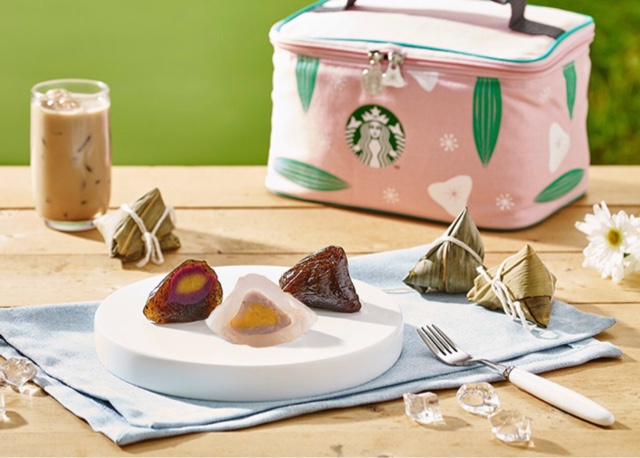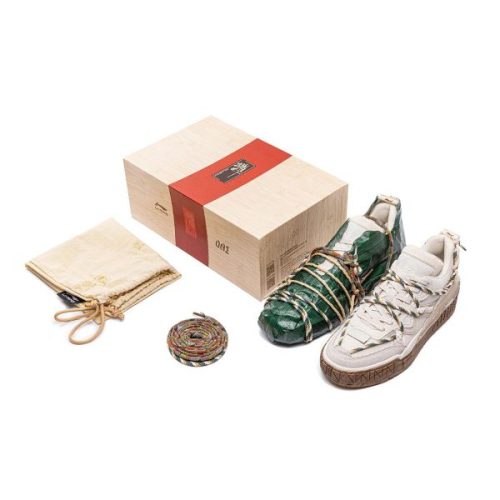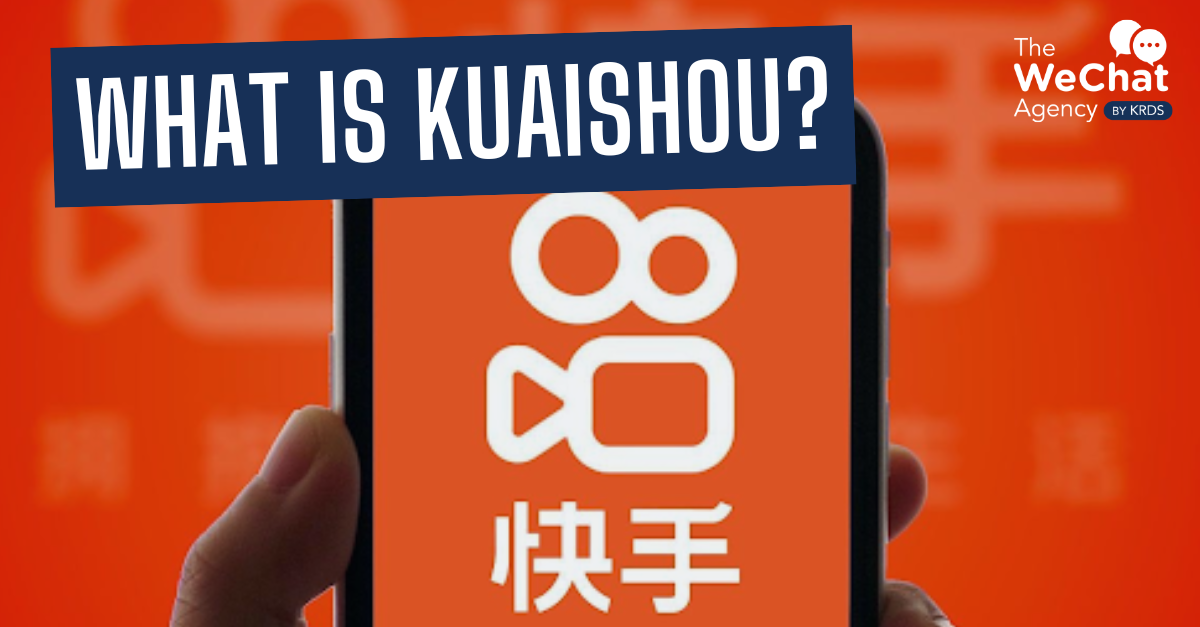The Dragon Boat Festival is a traditional Chinese holiday that occurs on the fifth day of the fifth lunar month, which corresponds to late May or early June on the Gregorian calendar. This year the festival falls on June 22.
The Dragon Boat Festival is one of the four most important traditional Chinese festivals, along with the Spring Festival, Tomb-Sweeping Day, Qixi festival and Mid-Autumn Festival.
The Dragon Boat Festival is a time for Chinese people to honor their cultural heritage, pay homage to Qu Yuan, strengthen community bonds through dragon boat races, and enjoy traditional food and customs. Qu Yuan? Who is that? Let’s dive deeper…
🏮 Learn more about Chinese festivals and how internationals brands can prepare
Why is the Dragon Boat Festival celebrated?
The Dragon Boat Festival has multiple origins and legends associated with it, but the most well-known story is that of Qu Yuan, a famous poet and statesman from ancient China.
Qu Yuan lived during the Warring States period and was famous for his patriotism. When his state was conquered, he drowned himself in the Miluo River as an act of despair and protest against corruption.
The local people admired him and raced their boats in an attempt to rescue him or retrieve his body. They also threw rice dumplings wrapped in bamboo leaves into the river to prevent fish from eating his body.
Today, the Dragon Boat Festival is primarily celebrated through dragon boat races, where teams of rowers paddle in long, narrow boats decorated like dragons. These races take place on rivers, lakes, and other bodies of water.
Rhythmic beat of drums and the cheering of spectators accompany boats. The races symbolize the attempts to save Qu Yuan and commemorate his sacrifice.

Dragon Boat Races © Unsplash
📅 Explore our ultimate China marketing calendar for 2023
Dragon Boat Festival and Mid-Autumn Festival
The Dragon Boat Festival and Mid-Autumn Festival are deeply rooted in Chinese culture and have a long history. Chinese celebrate them with a variety of traditional activities and foods. These days are occasions for people to gather with friends and family. Check some of the main similarities in the ways that locals celebrate both festivals.
Gift Giving: Both festivals are associated with the exchange of gifts. In particular, mooncakes are a traditional gift for the Mid-Autumn Festival, while zongzi (sticky rice dumplings) are the must during the Dragon Boat Festival. Many brands create special gift sets or promotions around these traditional foods.

Zongzi – Starbuck’s Limited Edition
Social Media Campaigns: Brands often run social media campaigns to engage with consumers around both festivals. For example, they might create special filters, stickers, or mini-programs on WeChat or other social media platforms. They may also run contests or promotions that encourage consumers to share their festival experiences on social media.
Sales Promotions: Both festivals are also occasions for brands to offer special discounts or promotions to drive sales. For example, they may offer discounts on mooncakes or zongzi, or create limited edition products that are only available for a limited time.
Brand Storytelling: Brands may use these festivals as an opportunity to tell stories that align with their brand values or message. For example, they may highlight the importance of family, tradition, or community in their marketing campaigns.
Key Differences in Communication
While there are some similarities in marketing communication between the Mid-Autumn Festival and the Dragon Boat Festival in China. However naturally there are also some important differences and nuances to consider. Here are a few examples:
Themes: Firstly, the themes of the two festivals are different, and brands need to tailor their marketing communication accordingly. The Mid-Autumn Festival brings to mind the themes of reunion, harmony, and gratitude. In contrast, the Dragon Boat Festival makes people think of courage, teamwork, and patriotism.
Products: Secondly, the traditional foods popular during these two festivals are different, which can impact the types of products that brands offer. Mooncakes are the traditional food for the Mid-Autumn Festival, and brands often create special mooncake gift sets or offer discounts on mooncakes during the festival. For the Dragon Boat Festival, zongzi (sticky rice dumplings) are the traditional food, and brands may offer promotions or discounts on zongzi, or create festival-themed zongzi packaging.
Timing: The timing of the two festivals is different, with the Mid-Autumn Festival falling on the 15th day of the 8th lunar month, while the Dragon Boat Festival falls on the 5th day of the 5th lunar month. This can impact the length of marketing campaigns and the timing of promotions.
Consumer Preferences: Consumer preferences may differ for the two festivals, which can impact marketing communication. For example, during the Mid-Autumn Festival, consumers may be more interested in high-end, luxury mooncakes, while during the Dragon Boat Festival, consumers may be more interested in affordable zongzi options.
🥮 Discover more about the roots of Mid-Autumn Festival and How Brands Celebrate It
Marketing with the Dragon Boat Festival
The Dragon Boat Festival is an excellent opportunity to connect with and build relationships with your followers/customers. One way is to create a limited period gift or product linked to the festival. Starbucks is a good example; if you buy a certain amount of Zongzi, you can get a gift bag.
Another example is Li-Ning’s Dragon Boat Festival offer. Li-Ning, one of China’s leading sportswear brands, has refashioned its classic lifestyle sneakers, ‘001 Unblock’ into a “zongzi”. Their themed edition replicated features of zongzi (see above) in honor of the special occasion.

Li Ning 001 Unblock Dragon Boat Festival
Conclusion
The Dragon Boat Festival in China presents a unique and exciting opportunity for brands to connect with their target audience. However, it is crucial for brands to tailor their marketing communication. Consider the themes, products, timing, and consumer preferences associated with the Dragon Boat Festival.
If you want to know more about the Chinese market, contact our team. We use our knowledge and expertise to help businesses build meaningful partnerships and develop their networks among Chinese customers. For additional information, please contact us at contact@thewechatagency.com.
